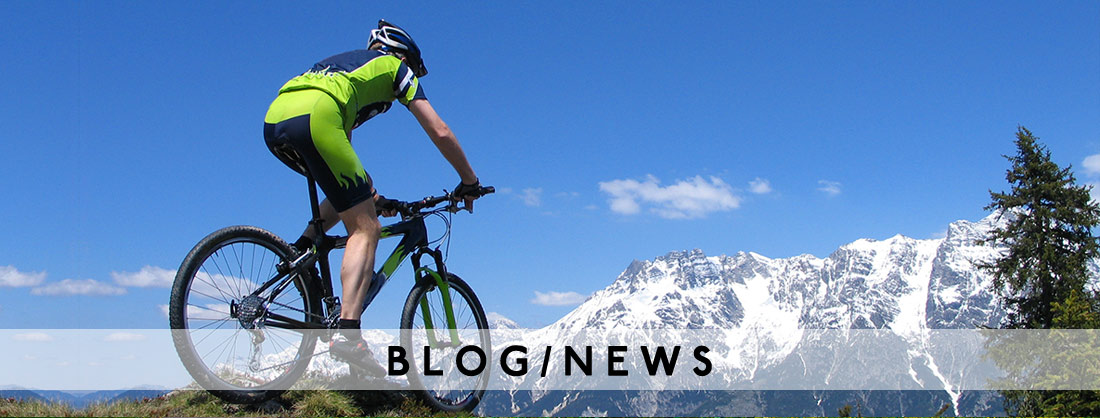Five Common Ironman Racing Mistakes
- Arriving to race day overtrained or with an inadequate taper
- Inflexible nutrition plan
- Not anticipating the bad patches and/or not having a way to deal with them
- Over-biking
- Overhydrating on the run
We’ve seen them all, so here’s some advice to avoid these common race day pitfalls:
1) Arriving to race day overtrained or with an inadequate taper. Remember this: Better to be 10% undertrained than 1% over trained. You don’t want to leave your best race in training. The goal is to arrive fresh and ready to go (mentally and physically) on race day. If you’re within 7 days of your race, you will not gain any more fitness that will benefit you on the day. Give your body the time it needs to recover/rest prior to race day.
2) Inflexible Nutrition Plan. It’s no fun getting sick during an Ironman, but if you get the nutrition wrong, this is often the result. And this is a tough one. You’ve trained with a specific nutrition plan (so many calories per hour, so many milligrams of electrolytes per hour, so many fluid ounces per hour) and you’ve got it dialed in. It has worked during training. Surely, it will work on race day.
Well, many times it doesn’t. For lots of reasons. Absorption rates for the stomach and small intestine can be affected by a number of things: temperature, intensity level, anxiety, even swallowing too much water on the swim.
Rule number one with regard to nutrition: Do not be a slave to your nutrition plan. You have to be able to adapt to changing conditions and circumstances. If you feel full, don’t force something down—your body doesn’t want it or won’t be able to absorb it. If you feel thirsty, drink. If those salty pretzels at the aid station look fantastic, eat them. Your body is telling you what it needs. Those gels that worked so well in training, might not work at all on race day for one reason or another. Don’t be afraid to try something else. Flexibility with nutrition has saved many of our athletes’ race days.
3) Not anticipating the bad patches and/or not having a way to deal with them. This is mental preparedness and mental toughness all rolled into one. We all dream of the perfect race day experience, but sometimes—many times, in fact—this is not the case. We all hit bad patches. It’s part of long distance racing. But you have to be ready for it.
Do your contingency planning ahead of time. What if your goggles get knocked off? What if you have a flat? What if you feel bloated and sick? What if you get a blister? What if you experience chaffing? Go through these possibilities ahead of time and then make a plan for how to deal with them.
If you’re worried about getting your goggles knocked off, practice treading water or rolling on your back to readjust them if they get skewed. Or hold onto a kayak for a moment to get everything organized again. What if you lose your goggles altogether? Do you call it a day? No, of course not. You can swim without goggles. It doesn’t have to be a showstopper on race day.
If you’re worried about getting a flat, practice changing a tire. Or if you’d rather not learn how to change a tire and prefer to wait for neutral support, be prepared that you might have to wait 30 minutes or more to get help.
The point is, don’t pretend like the bad things will never happen to you. Think them through. Have a plan. And regardless of what happens, whether it’s something you anticipated or not, remember the old British saying, “Keep calm and carry on.” Deal with it and get on with it.
4) Over-biking. It’s far too easy to begin the bike too fast. You feel fresh. You’ve been training for months. You’re tapered. You’re excited. You’re ready to kick this course and take names! And darn it, you’re going to go for it! This is race day! You’re not going to hold back a thing!
Don’t do it. If you want to run well, you’ve got to pace yourself—especially the first 30 to 50 miles. These first important miles should feel like you’re cruising easily on one of your long training rides. It takes discipline to pace the bike this way—serious discipline. But you’ll run far better as a result.
5) Overhydrating on the run. You hear this all the time: Never pass up an aid station. Well, that’s not necessarily the best approach to hydration on the run. Think about the long runs you do in training. Are you drinking a full cup of water every mile? Doubtful. You’re probably sipping from the hydration bottles you carry on your waist belt or maybe from a Camelback. So be careful here. Hyponatremia is a serious health risk. If you drink too much, sodium levels in the blood can become too low (the blood gets diluted, basically). Try a small drink every 2 or 3 miles on the run—something more natural—instead.


